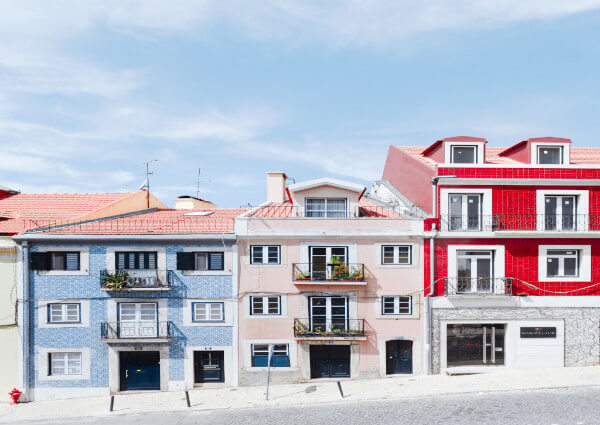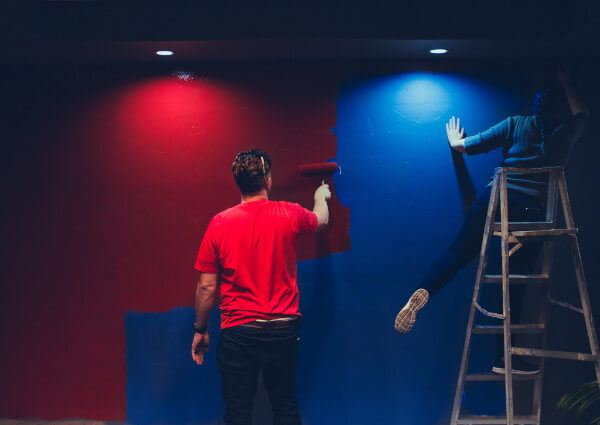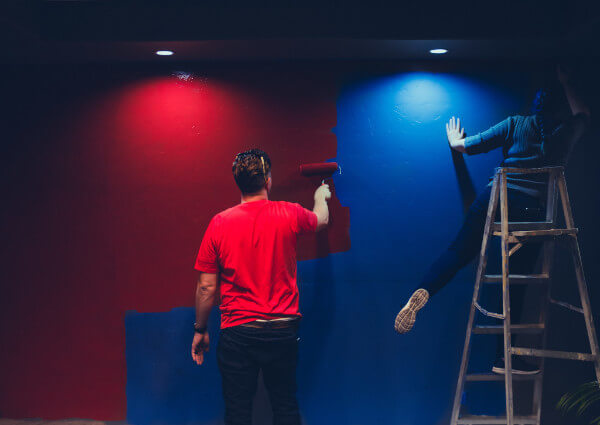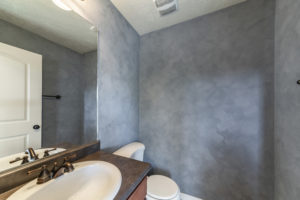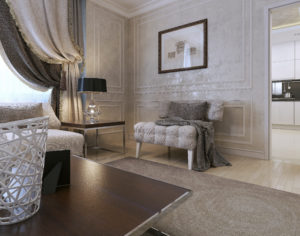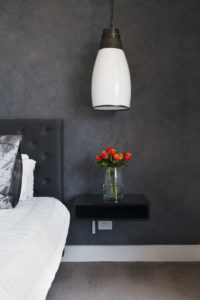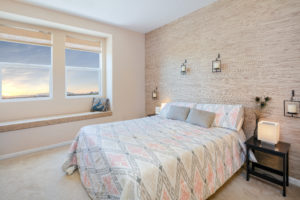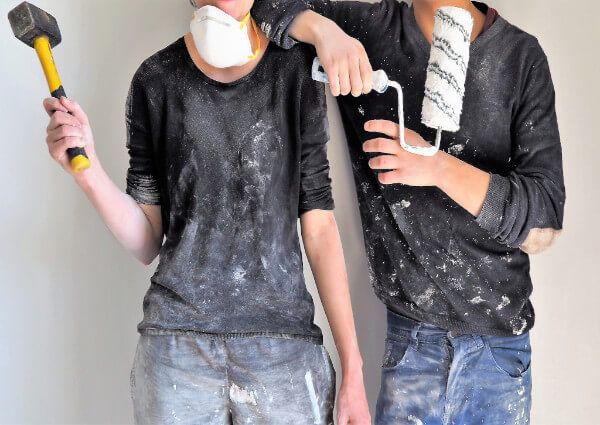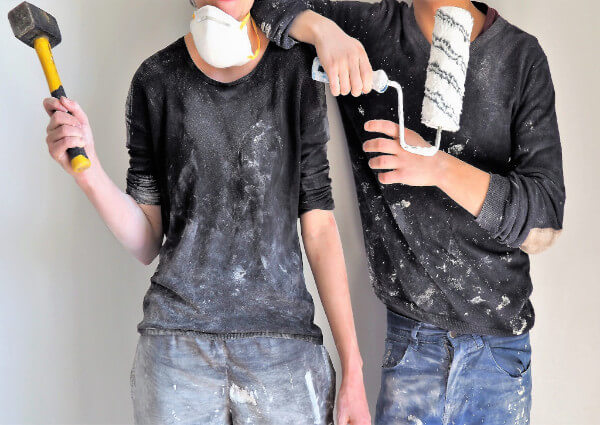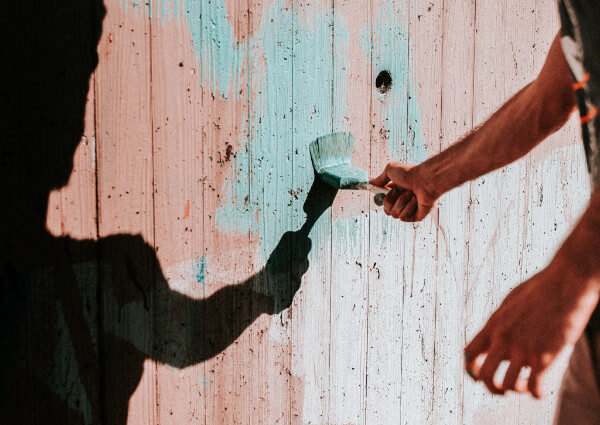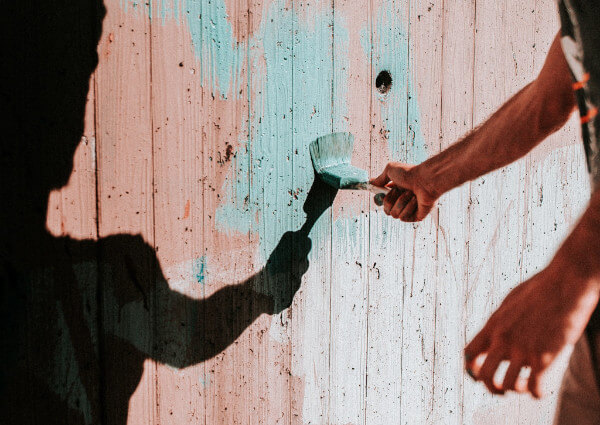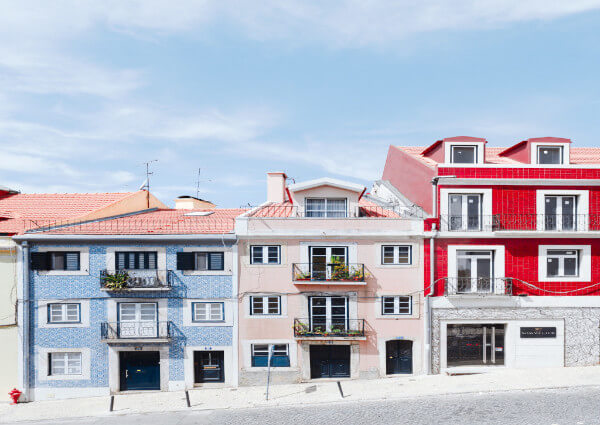
When choosing a color scheme, most of us default to white wall trim and baseboards, no matter what wall color we’re using. And while white baseboards and wall trim are a no-fail combo, there are good reasons to look at other wall and trim color pairings.
Don’t Overlook the Importance of Baseboards and Wall Trim
Trim is an often-overlooked architectural detail, but rooms without it can feel unfinished. It gives spaces a sense of proportion and highlights architectural details, like windows, doors and fireplaces. It can draw the eye up on a room with a low ceiling or balance a room with tall ceilings. Trim lets you know where a room begins and ends — and the type and color of trim you choose helps you define your space’s style.
Paint Walls and Trim the Same Color
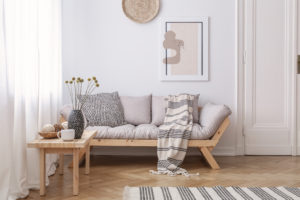
If your style is contemporary or transitional, blend the trim and wall color by painting them the same color (or a lighter or darker version of the wall color). This unifies the space and allows rooms to flow into each other, visually. This is a great choice for open-concept floor plans.
Choose a Lighter Hue
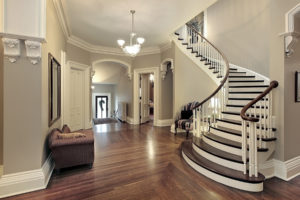
Do you love classic, traditional spaces? Use white or off-white paint to play up the architectural details. (Many design pros deem white (like Delicate White) the best color for baseboards and wall trim, no matter what the room’s style or wall color is.) White trim lightens dark walls, and, on lighter walls, it makes the color pop
Make a Design Statement With Dark Baseboards and Trim
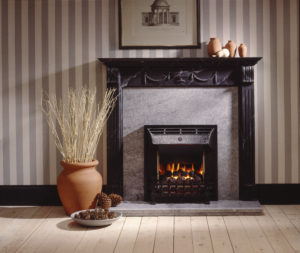
Dark trim – especially chocolate, charcoal or black – creates a visual contrast that highlights today’s popular wall colors. It also sets off intricate woodwork in older homes and frames windows to set off a beautiful view.
Decide Which Option Is Best for You
With so many great options, how do you choose? Here are some ideas that may help you narrow the field.
If you want to …
Enlarge the room – Paint the trim the same color as the wall and the walls will appear to recede.
Make the ceiling look higher – Add crown molding to the ceiling, then paint it a darker color than the ceiling. (This doesn’t have to be a big color variance – just a shade or two will do it.) This will draw the eye up and make the ceiling seem taller than it is.
Lower your ceiling – If your home has high ceilings and you want to balance the space, add a chair rail on the walls, then paint the rail or the wall above it a darker hue.
Refresh your room on a budget – Give your room an instant boost by repainting just the baseboards and wall trim. Try pairing black trim with turquoise walls; cream baseboards and trim (instead of white) with greige walls; or match the trim to the wall color in a neutral color scheme.
Get more great color tips on our Color Tool, where you can browse trending colors and request free 8” x 8” paint swatches. Or learn more about our house painting services and let our pros do the work for you.
The post Choose Baseboard and Trim Colors That Will Make Your Walls Really Pop appeared first on Paintzen.

